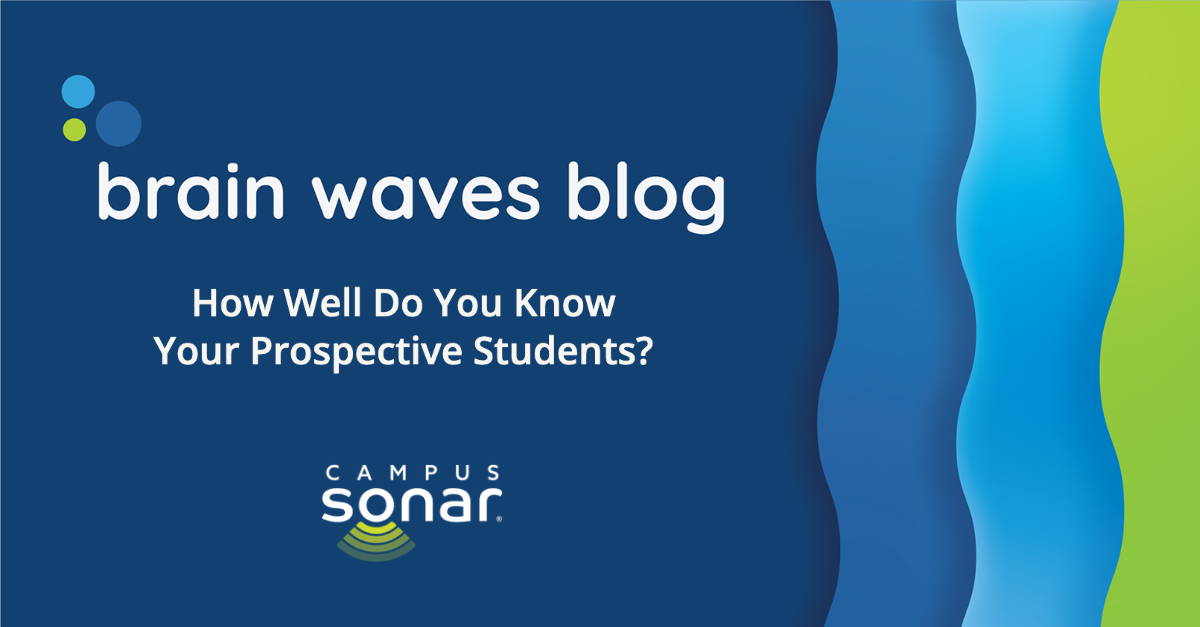How Well Do You Know Your Prospective Students?

Incoming students are one of higher ed’s most important audiences. We work with campuses to segment your incoming student audience, identify opportunities for engagement, and develop messages that resonate with them to target and position your enrollment strategy.
South Dakota State University (SDSU) wanted to gain a deeper understanding of their prospective and admitted STEM and pre-health student conversations to support undergraduate recruitment. We partnered with them to analyze their mentions to see how students’ college-going perspectives changed throughout the pandemic.
From August 1, 2018 to July 1, 2021, 7,318 mentions from 5,445 students were collected and analyzed to see how their college-going perspectives changed from prior to the COVID-19 pandemic through the height of it.
Changes in Perspectives
As you’re listening to your admissions audiences and planning your recruitment messaging for the next enrollment cycle, consider using tactics from our SDSU research to reach prospective students from targeted academic areas.
College Exploration
Conversations reflected each milestone as students sought guidance about best-fit programs, application processes, and financial aid while celebrating their acceptances and other accomplishments.
Students flocked to forums like Reddit and College Confidential, seeking application tips, program advice, and input on campus selection. Specific colleges and universities were mentioned when comparing and contrasting, and many students asked to be “chanced” for admission and shared their academic credentials, demographics, and extracurriculars.
Takeaways
- Consider any existing infrastructure your team has in place to engage and interact with students with various academic interests online. Forums are a space to investigate how incoming students compare and contrast campuses.
- Ongoing social listening and monitoring, especially of forums like Reddit and College Confidential and discipline-specific forums like StudentDoctor.net, allows for continued awareness of how students’ questions, priorities, and decision-making processes change over time. Use intentional forum searches to observe how students discuss your campus in conjunction with others.
Decision-Making Factors
Students discussed top majors and programs, such as biology, physics, pre-medicine, and chemistry. Pre-med majors were the most positively discussed and biology- and physics-related majors were mentioned positively when students celebrated their admission. At the same time, they were overwhelmed with worry as they prepared to enter their majors (which is consistent with our latest admissions industry-wide trends).
Students across all programs considered academic quality (including rankings and program reputation), research opportunities, enrollment size, campus location, competitiveness, cost, academic advising, and other sources of support to inform their decisions. These conversations consistently reflected stress, worries, and concerns about future plans and pressures to achieve success.
Takeaways
- Develop user journey mapping for each audience in the enrollment funnel to identify engagement touchpoints, content gathering and sharing, and community-building online throughout the admissions cycle.
- Collaborate with high school counselors on information-sharing opportunities related to broader conversations about professional school pathways, community college opportunities, admission requirements, and other related topics.
Career Planning
Incoming students’ conversations about science careers were mostly neutral and conversations around health-related careers were largely positive. Careers in science, biology, and physics dominated online conversation. The most frequently discussed pre-health careers were doctor, surgeon, and psychologist.
Takeaways
- It’s clear that students are eager to pursue science and pre-health careers, but there’s an opportunity to introduce them to a wider range of career paths given the limited nature of the types of careers discussed.
- Brainstorm opportunities to expand major-to-career pathway discussions in recruitment materials and talking points for admissions counselors, tour guides, academic advisors, faculty, and other externally-facing staff.
Sentiment Over Time
SDSU graduate student Ross Roh took our research further, examining how these students’ sentiment toward college changed over time. He found that conversation about STEM and pre-health decreased, regardless of sentiment, across the nearly three-year study.
- Pre-pandemic (August 2018 through February 2020) had a positive to negative sentiment ratio of 0.63 positive to each 1 negative mention existed.
- Post-pandemic shutdown (March 2020 through June 2021) the sentiment ratio shifted, with 1.1 positive mention per 1 negative mention.
The change indicates that while there is an overall decrease in both positive and negative conversations regarding STEM and pre-health, the sentiment is more positive post-pandemic. Explore Ross’s sentiment research further.
The questions SDSU wanted to know about their STEM students were just the tip of the iceberg. Think about the questions you about your incoming students, then partner with us to unlock real-time feedback and pain points from your most important audience.
Engage with Your Audience
Engaging with your audience is one more way to better understand your prospective students. Learn why it matters and get actionable ways to engage.
Download our guide

|
Ross Roh, a Microbiology Masters Student at South Dakota State University, collaborated on this post. Ross used his expertise to explore how social listening can be used to better understand prospective student career interests more rapidly and conclusively in the highly dynamic and heavily online-based world. |
